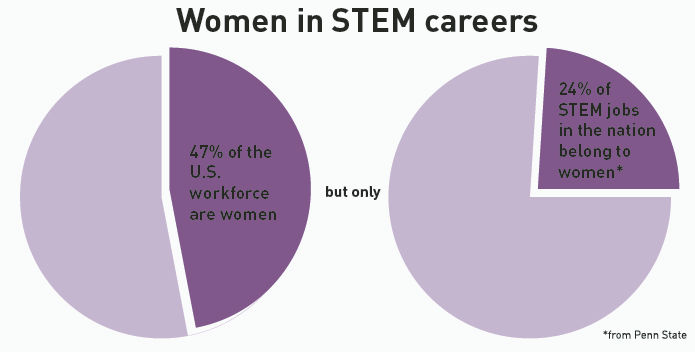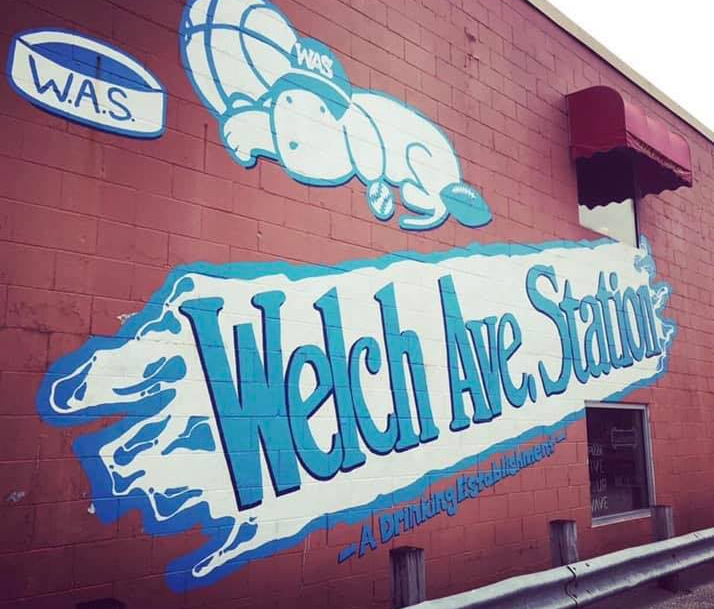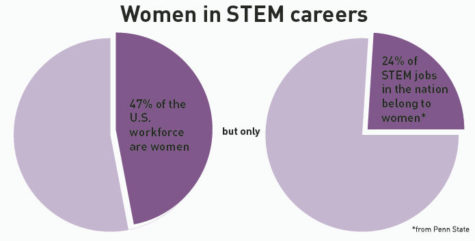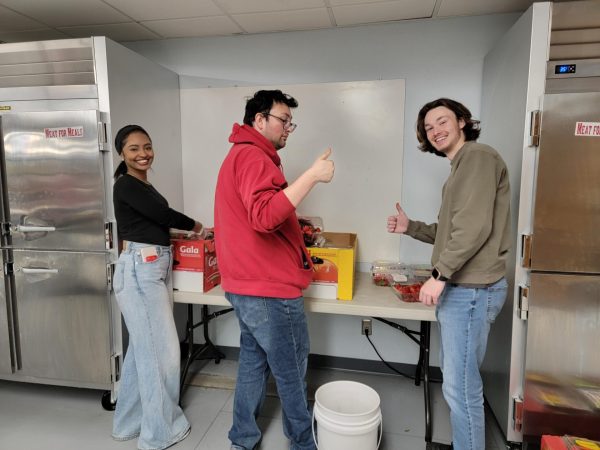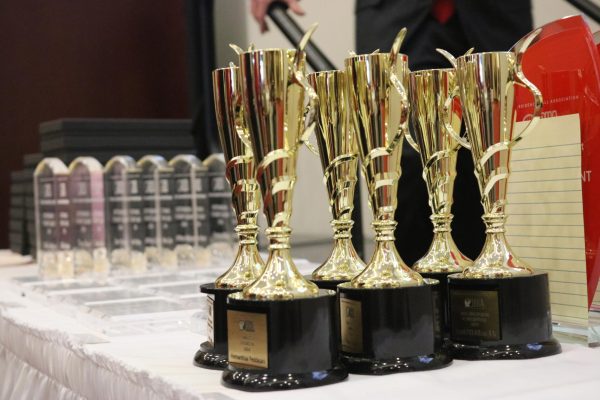Making a 20th Century legacy into a 21st Century opportunity
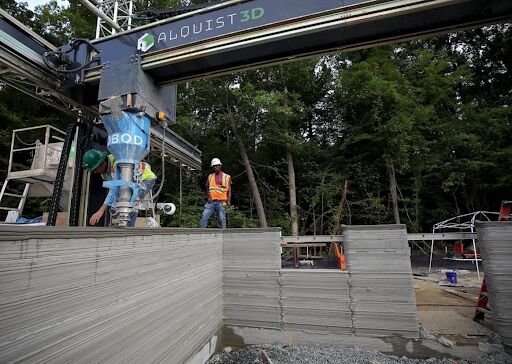
Image courtesy of Iowa State College of Design 3D AIT presentation.
The 3D AIT Housing Project team takes inspiration from private partner Alquist3D’s printer shown above.
February 10, 2022
Iowa State University College of Design was recently awarded the $1.4 million Strategic Infrastructure Program (SIP) grant for their 3D Affordable Innovative Technologies (3D AIT) Housing Project, which aims to bring affordable housing to surrounding rural Iowa communities.
The affordable housing market has dwindled in surrounding urban Iowa in recent years. The College of Design aims to solve this issue by creating a 3D construction printer to reduce labor time and material costs, subsequently reducing buyers’ purchasing costs.
“The emphasis for this project is affordable housing and trying to overcome a shortfall in available, affordable houses in Iowa,” said Pete Evans, assistant professor of industrial design. “We are looking to try to get the purchase price down.”
At least one and a half years in the making, 3D AIT is starting to take off.
The SIP grant is one of four grants supporting the 3D AIT Housing Project, making the total amount in awarded grants $2.1 million. The funds from the SIP grant are being used to purchase equipment and materials for the 3D printer.
The 3D printer being constructed is similar to the model used by Iowa-based private construction company Alquist 3D, a private partner on the project. The first homeowner-constructed 3D printed house in the U.S. was built in Virginia by Alquist 3D.
The prospects of new housing developments are exciting, but it’s the multi-faceted implications of the project that make its future success so exhilarating.
The 3D AIT Housing Project will attempt to fabricate houses in record time, but it will also include student input and research, introduce the future of homeowner and consumer design and lead to new educational programs through Iowa Central Community College.
“We’re trying to take a 20th Century legacy and turn it into a 21st Century opportunity,” Evans said.
To reduce the purchase price of homes, the 3D printer must reduce the building costs. Easy peasy for a 3D construction printer that can print ten homes in 24 hours, based on a project completed in China.
According to emerging industry claims cited in a 3D AIT Housing Project presentation, 3D printing a house can reduce building time and labor costs by 50-80 percent, reduce site waste by 50-99 percent and reduce material costs by 30-70 percent.
“It could be one fell swoop, and it’s done,” Evans said. “There are many claims, and I say claims because again, these are emerging technologies, but it is suggested that you could print the exterior walls, the enclosure and even some interior partitions in 24-48 hours.”
A 3D printed house, when finished, could have a textured look, with multiple layers of concrete stacked horizontally. The printer is given instructions and lays concrete accordingly. It repeats layer after layer until it forms a wall.
The 3D printer may be capable of building houses with more structural integrity than its wood-framed counterpart. Concrete walls can withstand extreme Iowa weather and concrete doesn’t burn like wood.
While there are many timing, cost, and design advantages, 3D printing a concrete house takes a toll on the environment.
“Concrete has a lot of carbon built into it, and that’s one of the things that has been identified as not good on our environment,” Evans said. “We’re looking at trying to find other material solutions that can be part of the material mixture.”
One possible solution is to replace the carbon in the concrete mortar mix with hemp. Hemp would reduce the carbon footprint while keeping the strength of the concrete.
As evident by the advantages and disadvantages of 3D printing, this is a multi-layered project spanning many different industries. This project has staff and faculty from architecture, industrial design, material engineering, community and regional planning, landscape architecture and the school of education.
“There are some really exciting opportunities that complement 3D printing,” Evans said. “We’re trying to make sure that when we are talking about the 3D printing technology, we’re also looking at all these other new developments.”
“The 3D AIT Housing Project is also looking at integrating additional technologies and digital workflows including geospatial information, building information and energy modeling, lidar and photogrammetry, onsite robotics, telepresence and advanced web technologies,” Evans said.
Some skeptics fear this new technology will eliminate trade jobs. However, Evans argues that 3D printing will create new jobs with more economic benefits.
“When people are saying that the outside of the house can be printed in 24-48 hours, that displaces a lot of people who used to work on the framing, the walls, of a house,” Evans said. “But those same people could be working on these machines. There will be a transition, one that we hope we can build in place with the educational components and the workforce components.”
The knowledge required to build and operate 3D construction printers will be the focus of a new two-year technical program at Iowa Central Community College.
“That type of workforce is in demand,” Evans said. “Being able to have someone who can run these new machines or some of these new technologies being deployed onto a site is important so that we’re not just trying to look at the building itself. We’re trying to understand what it would mean to be able to support an educational and workforce solution that can be replicated throughout the state.”
The partnership with Iowa Central is ideal because they have adaptable construction programs and an ideal space to house the 3D construction printer.
“Iowa Central has a construction program right now. This would become a second-year advanced technology in the construction program,” Evans said. “We have a couple of colleagues in the school of education that is going to work on developing both formal and informal programs to be able to help educate the current workforce, future workforce and be able to create programs that we take around the state to be able to help educate and train.”
The primary goal of 3D AIT is to build affordable housing to accommodate urban ex-migration due to changing working conditions. But the secondary implications of this project- the future jobs, educational opportunities and new interpretations of design, are why students should be informed and involved.
“This is the future that you’re going to be living in,” Evans said. “I can’t think of a more meaningful way to attack the future that you’re going to live in than to help to define it.”
The 3D AIT Housing Project hopes students will get involved through employment opportunities like construction, computer technology and materials research. These positions are available to both graduate and undergraduate students.
The next step for the 3D AIT project will be a demonstration project in Hamburg, Iowa.
“The residential development is about 40 houses, and that’s a separate grant that the State is awarding a contractor,” Evans said. “Within that development, we’ll probably be involved in printing somewhere around three to six demonstration houses. That may be this year; it may not. It kind of just depends [on the timing of weather and contractual factors]. We may also go down and print a pilot demonstration, a demonstration of the demonstration, on another lot with that contractor depending on timing and machine availability.”

